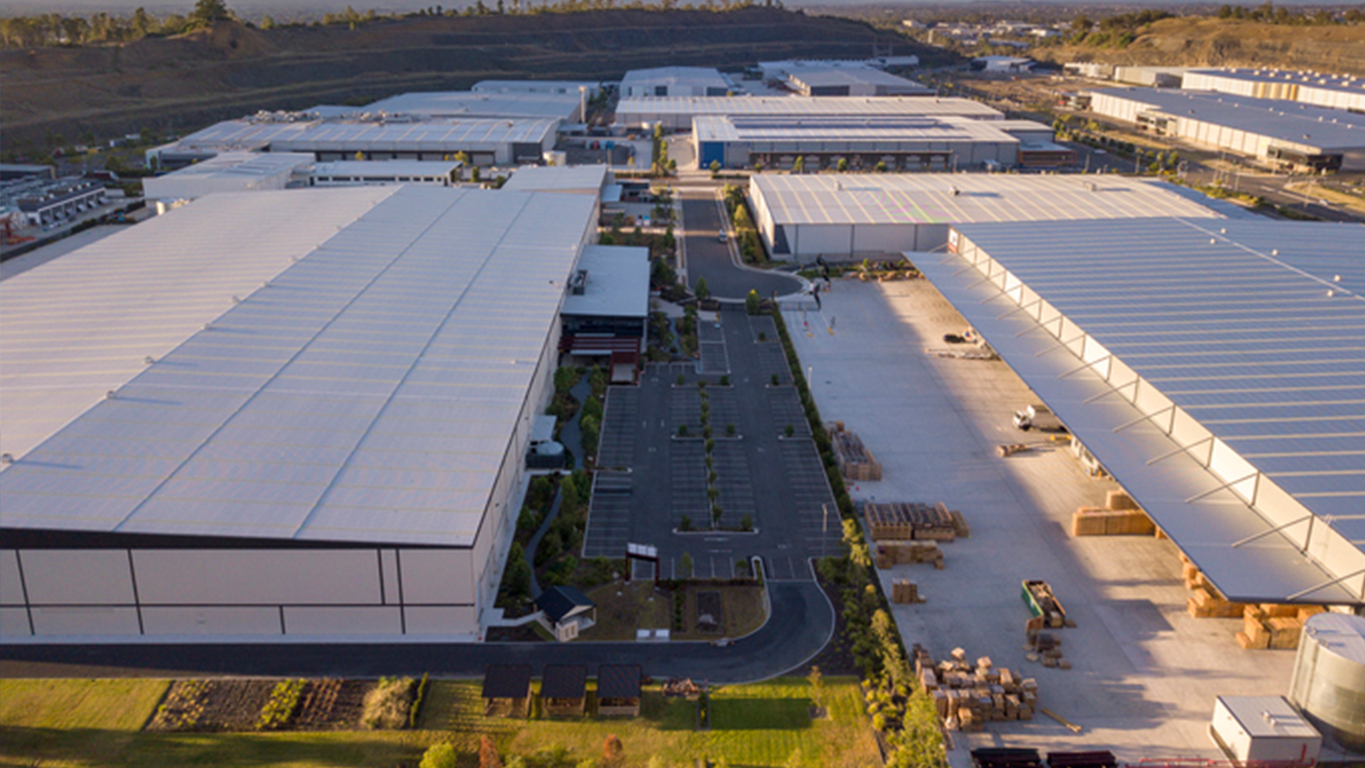ASRS Compliance and your business

What is the Australian Sustainability Reporting Standard (ASRS)?
The Australian Sustainability Reporting Standards (ASRS) introduce a significant shift in how large businesses disclose their climate-related financial risks and sustainability performance. Starting from 1 January 2025, the ASRS requires mandatory reporting under AASB S2 for climate-related disclosures, ensuring transparency and accountability in managing environmental impact.
Unlike AASB S1, which covers broader sustainability-related financial disclosures and remains voluntary, AASB S2 is mandatory and specifically focuses on climate-related financial risks. This standard aligns with global frameworks like IFRS S2, setting a new benchmark for Australian businesses.
The ASRS Compliance Rollout: Who Needs to Act and When?
The ASRS introduces a phased rollout, categorising businesses into three groups based on their size and scale:
Group 1 Entities (Compliance from 1 January 2025)
- Revenue: Annual consolidated revenue of $500 million or more.
- Assets: Consolidated gross assets of $1 billion or more.
- Employees: 500 or more.
Group 2 Entities (Compliance from 1 July 2026)
- Revenue: Between $200 million and $499 million.
- Assets: Between $500 million and $999 million.
- Employees: 250 to 499.
Group 3 Entities (Compliance from 1 July 2027)
- Revenue: Between $50 million and $199 million.
- Assets: Between $25 million and $499 million.
- Employees: 100 to 249.
For businesses, understanding where they fit into this timeline is crucial for strategic planning and compliance readiness.
Overview of AASB S1 and AASB S2 | April 2025
What Needs to Be Reported Under AASB S2?
AASB S2 requires businesses to disclose specific climate-related financial information, focusing on:
Greenhouse Gas Emissions
- Scope 1: Direct emissions from owned or controlled sources (e.g., company vehicles, on-site fuel combustion).
- Scope 2: Indirect emissions from purchased electricity, heat, or steam.
- Scope 3: Optional for now—includes all other indirect emissions, such as those from supply chains, business travel, and waste management.
Climate Resilience
- How climate risks affect business strategy and financial planning.
- The organisation’s approach to assessing and adapting to climate risks.
Scenario Analysis
- Evaluating potential financial impacts under different climate scenarios.
- Planning for how climate-related risks might affect business operations and performance.
Risk Management
- Processes for identifying, assessing, and managing climate-related risks.
- Integration of climate risk management into overall business strategies.
Metrics & Targets
- Specific climate-related metrics to assess risks and opportunities.
- Quantitative targets for emissions reduction and enhancing climate resilience.
Why Preparing Now is Critical for Businesses
While AASB S2 compliance is mandatory only for Group 1 entities initially, preparing early offers significant advantages:
- Avoid Compliance Risks: Non-compliance can lead to financial and reputational harm.
- Enhance Market Competitiveness: Early compliance positions your business as a leader in sustainability.
- Unlock Financial Benefits: Many sustainable practices also lead to operational cost savings through enhanced energy efficiency.
How Can Businesses Prepare for ASRS Compliance?
To ensure compliance with AASB S2, businesses should take the following steps:
- Conduct a Climate Risk Assessment: Identify how climate risks impact your business.
- Develop a Reporting Framework: Establish clear processes for capturing and reporting emissions data.
- Implement a Building Energy Management System (BEMS): Gain real-time insights into energy consumption and automate efficiency measures.
- Establish Metrics & Targets: Set measurable goals to track and improve climate resilience.
- Engage Experts: Work with compliance and sustainability professionals to ensure robust and accurate reporting.
How SJ Electric Can Help
At SJ Electric, we simplify the path to ASRS compliance with tailored BEMS solutions and comprehensive support:
- Real-Time Energy Management: Achieve Scope 2 compliance through advanced monitoring and optimisation of energy use.
- Proactive Maintenance & Monitoring: Ensure continuous compliance and operational reliability.
- End-to-End Compliance Support: From initial consultation to full compliance, we guide you through each step of the process.
Disclaimer:
The information provided in this blog is for general informational purposes only and does not constitute legal, financial, or professional advice. The Australian Sustainability Reporting Standards (ASRS), including AASB S1 and AASB S2, are subject to refinement and regulatory updates. While every effort has been made to ensure the accuracy of this content at the time of publication, SJ Electric makes no representations or warranties as to its completeness or accuracy. Businesses are encouraged to seek independent legal and professional advice tailored to their specific circumstances before making decisions based on the ASRS framework or any related obligations.
SJ Electrics ASRS Compliance Guide is a practical starting point to help you assess operational readiness. It does not constitute formal regulatory compliance advice.
Posted on 21 FEB 2025
Search
Recent Posts
Is a BEMS Right for Your Business?
BEMS: What Everyone Gets Wrong
8 Common Building Management Problems a BEMS Solves
BEMS - Energy Savings Are Only Part of the Story



